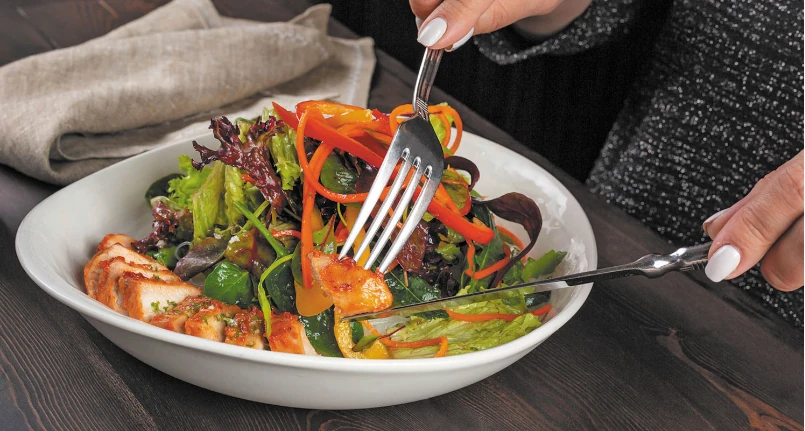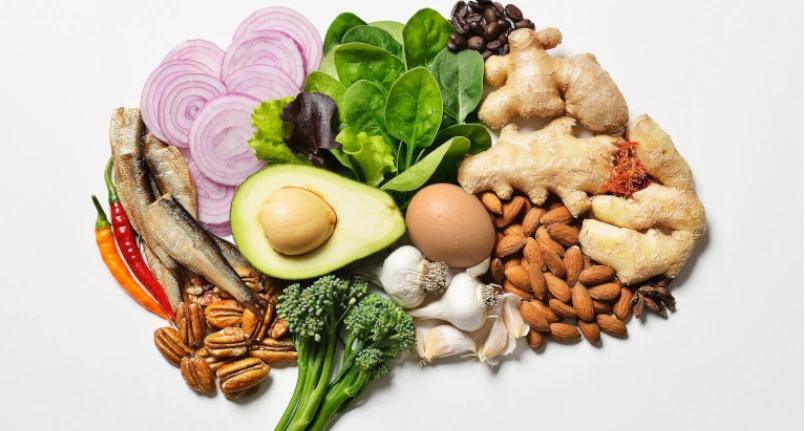In this short article we will try to explain how to gain weight while staying healthy .
In the contemporary general picture (increase in obesity, metabolic diseases and vascular risk), this sentence could even sound like an oxymoron.
However, in cases of excessive and objectively identifiable thinness, gaining weight represents a real health need; only in a minor part of the cases instead, the weight gain is more an aesthetic need than anything else. In both cases, gaining weight correctly is a process that is anything but simple or obvious.
This is mainly because the increase in fat, in addition to establishing potentially incorrect eating habits, could compromise metabolic homeostasis and beyond.
So let’s see how to approach the implementation of general body mass , although it may be advisable to undertake this path with the support of a dietician.
Who Should Get Fat?
Only those who, due to excessive thinness, suffer from a worsening of the state of health or quality of life , or who see in some way increased risk factors for death or disability should gain weight.
Weight gain is therefore mainly recommended for excessively thin or frankly underweight people, ie with a BMI < 18.5.
Underweight women who become pregnant have a higher risk of malnutrition and complications for the fetus , which is why they are in the highest priority range of dietary therapy – provided by a professional. The woman who intends to face a pregnancy should normalize before conception .
Excessively thin children are unlikely to fall within the growth percentiles ; but it is not always said. Certainly, ensuring that they have normal percentages of fat could ensure that they reach their caloric needs – although certainly not a frequent case today.
Many people who suffer from arterial hypotension , tendentially low blood sugar , anemia and other conditions generally linked to an “insufficient” diet tend to normalize by restoring a normal weight .
Constipated people suffer less by eating more, just as those who are “always cold “, even in apparently normal conditions, boast greater thermoregulation in normal weight conditions.
Furthermore, for elderly subjects , a few kilos more than normal weight (BMI between 18.5 and 24.9), seems to be associated with greater expectation and quality of life, autonomy and lower general risk.
Research on the other hand suggests that this relationship would be due not to higher levels of fat – which, however, is protective against bruises – but to higher levels of muscle mass .
Even women who, although in the normal weight range, notice a less regularity of the menstrual cycle or even its interruption – especially after a low-calorie diet , in particular with low levels of fat – should gain weight.
The thin constitution but “healthy” who would like to gain weight for aesthetic reasons should instead focus exclusively on increasing muscle mass , not fat.
Getting fat and/or gaining weight
Getting fat means increasing the amount of your fat mass (FM).
This increase, which can be identified both in absolute and relative terms, “almost always” manifests itself with the growth of the overall weight.
However, a deterioration in body composition that sees muscle mass decrease in favor of body-fat could also keep the balance stable. It’s not what we want .
This is because muscle mass is always a positive element for general health – provided it is obtained in a totally natural and physiological way.
It is therefore logical that weight gain should be gained slowly and by monitoring the results, which should see growth as equal as possible between FM and FFM (free fat mass ).
The exception of exceptions: the skinny fat!
The so-called skinny fat are the exception of the exceptions. These, who sometimes appear “dressed” as really thin, actually have very little muscle mass and a normal percentage of fat deposits – in men, there is often a significant visceral increase.
In these cases, the primary intervention is aimed at increasing muscle trophism after targeted exercise which, possibly, can be followed by a brief phase of caloric reduction to “clean” the viscera of excess fat.
How to gain weight correctly?
Except in clinical or pathological cases, weight gain must be sought by associating a specific training protocol with a high-calorie diet , perhaps with the help of some nutritional supplement.
The motor activity must have the following characteristics :
- focus on the search for strength and muscle hypertrophy , training with overloads ;
- low volumes and densities;
- high intensity on 1RM ; remember that, in naturals, the increase in strength is always associated with an increase in muscle mass.
Instead, activities with high energy consumption , therefore high volume and aerobic / mixed resistance, should be avoided.
The high-calorie diet to gain weight in a healthy way must have the following characteristics :
- Energy surplus of around +10% – at least to start with, but generally it’s enough;
- Breakdown of energy macronutrients with greater emphasis on the percentage of fat (at least 30%), normal protein levels (starting from 1.2 g/kg) and carbohydrates for the rest of the calories (about 50%);
- Choose the preferred number of meals , remembering not to exaggerate with the volumes to avoid intestinal discomfort ;
- Eat as clean as possible . Contrary to what one might expect, the choice of healthy foods is more important in a high-calorie diet than a low-calorie slimming one , in which the general homeostatic improvement is per se obtained from a negative calorie balance. We cannot risk excess saturated fat , trans fat, cholesterol , added sugar , alcohol , etc. compromise the metabolism ;
- Check the total fiber intake (from whole foods , legumes , vegetables ), because they limit nutritional absorption and are associated with the introduction of some anti-nutritional factors – obviously, if there is no constipation ;
With regard to the use of food supplements , they could be useful for increasing muscle mass: creatine monohydrate , beta alanine , protein powder – in case you have difficulty reaching your requirements, or if you intend to stop catabolism early after the workout – and peri-workout maltodextrins .
Conclusions
In conclusion, only people who, especially when objectively underweight, see certain health risk factors increase or in any case worsen their quality of life should aim to gain weight – indeed, gain weight.
The high-calorie diet to gain weight, on the other hand, is not a practice without risks and difficulties.
Especially in more complicated cases – such as eating disorders , certain metabolic pathologies, skeletal disorders , intestinal malabsorption , sarcopenia , etc. – it is always good practice to consult a professional.
Even the person in good health and who intends to improve their aesthetic condition should not underestimate the circumstance. There is a high probability of acquiring incorrect habits, exceeding the normal weight threshold or altering the metabolic homeostasis it generates.
It would be desirable to constantly monitor progress, making sure that weight gain does not only concern fat mass , but also muscle mass.




